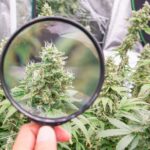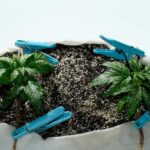The Best Fluffy Pancakes recipe you will fall in love with. Full of tips and tricks to help you make the best pancakes.
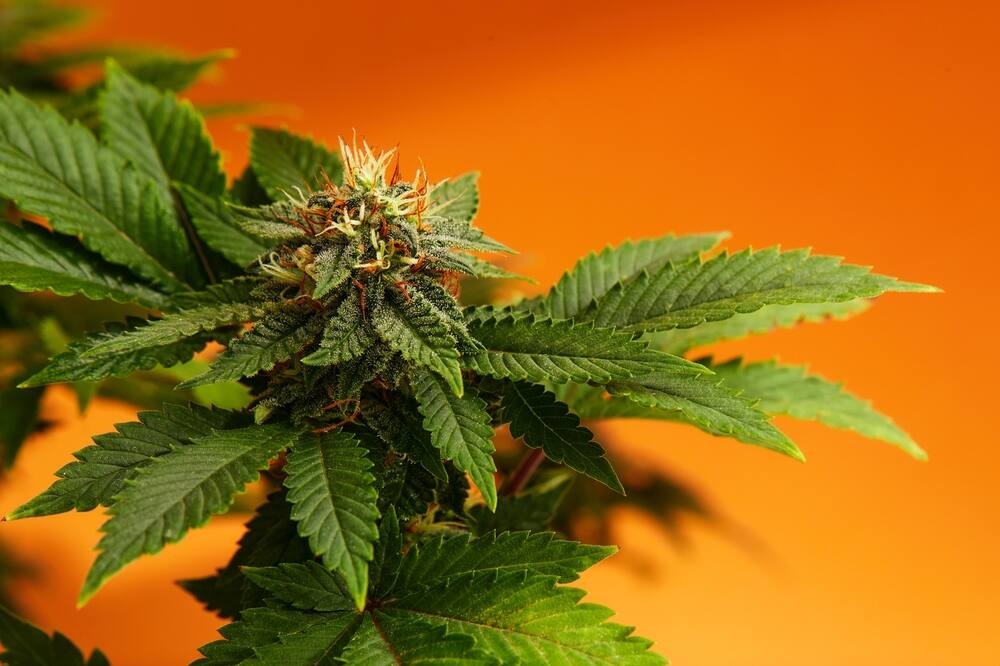
Are All Autoflowers Feminized?
If you’re just stepping into the world of cannabis cultivation, it’s easy to get tangled up in seed terminology—autoflowers, feminized, regular, photoperiod… it’s like learning a new language. One of the most common questions I hear from new growers is, “Are all autoflowers feminized?” It’s a fair question—and one with a layered answer. You’re trying to grow top-shelf buds without wasting time on male plants, and you want to know if autoflower seeds will get you there. In this article, I’ll break it all down from a breeder’s perspective. I’ll explain what autoflower seeds really are, how they’ve evolved, the feminization process, and when it makes sense to use them in your grow.
What Does “Autoflower” Mean in Cannabis Cultivation?
Cannabis ruderalis genetics and age‑based flowering
Autoflower cannabis strains are a result of crossing traditional photoperiod strains with Cannabis ruderalis, a hardy subspecies native to Central and Eastern Europe. What sets ruderalis apart is its flowering mechanism. Unlike Cannabis sativa or indica, which flower based on the light cycle, ruderalis flowers automatically based on age.
This means autoflowering strains don’t wait for shorter daylight hours to kick into bloom—they start flowering on their own after about 3 to 5 weeks of growth. That’s the autoflower trait. It’s genetic. When breeders, like myself, cross potent photoperiod strains with ruderalis, the offspring inherit this automatic blooming ability.
What you get is a cannabis plant that doesn’t need a strict light schedule. Whether you’re growing indoors under 18/6 lighting or outdoors in the middle of summer, your plant will flower when it’s ready based on its internal clock.
How autoflower seeds differ from photoperiod (light‑dependent) varieties
Here’s the key difference: photoperiod plants rely on a change in light cycle—typically 12 hours of light and 12 hours of darkness—to trigger flowering. This gives you more control over their size and shape since you can extend the vegetative phase for as long as you like.
Autoflowers don’t wait for your cue. Once they reach maturity, they start flowering, whether you’re ready or not. This also means:
- No need to switch light schedules
- Less risk of hermaphrodites due to light leaks
- Shorter total grow time—from seed to harvest in 8 to 12 weeks
But, because you can’t hold them in veg mode, you have less time to train or fix issues. It’s a tradeoff between speed and control.
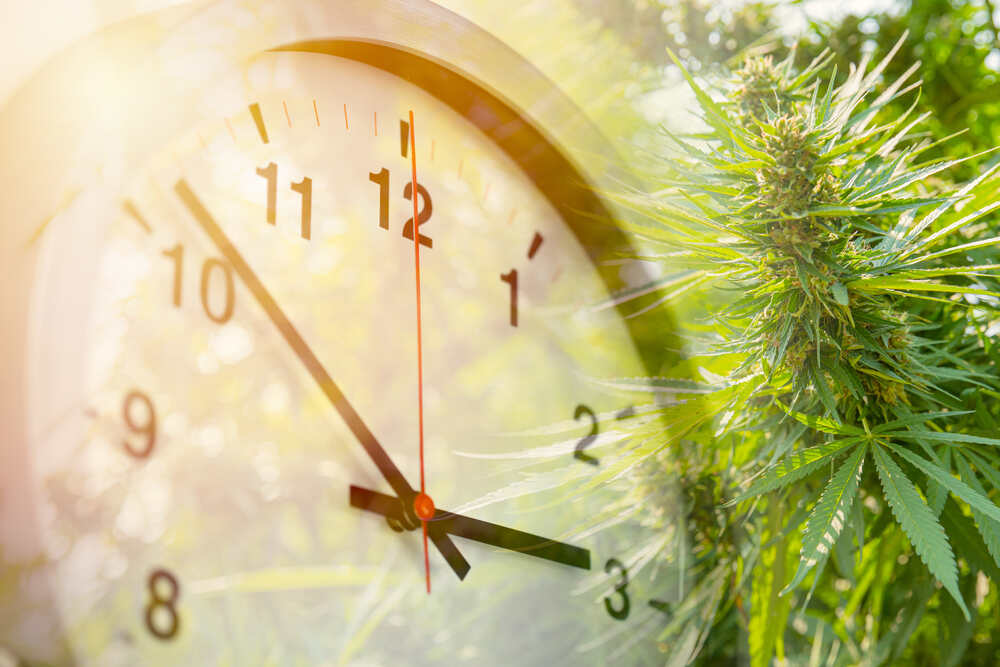
Are Autoflower Seeds Always Feminized?
Historical regular autoflower seed availability vs modern trends
Back when autoflowers first hit the market—think early 2000s—most of them weren’t feminized. As a breeder, I remember experimenting with early Lowryder genetics that were sold as regular seeds, meaning you could get males or females. This was frustrating for growers because it meant you had to spot and remove males fast or risk pollination.
Regular autoflower seeds still exist today, mostly used by breeders who need both male and female plants to create new strains. But for the average home grower or small-scale cultivator, regular autoflower seeds are more of a niche product.
Why most growers sell only feminized autoflowers today (streamlined, no males)
The reality is that most autoflower seeds available to you today are feminized. This means they’re genetically altered to produce only female plants. That’s what you want, because only females produce buds worth smoking.
Seed banks and breeders like me feminize seeds through selective breeding techniques. Typically, we use a process like colloidal silver or silver thiosulfate to force a female plant to produce pollen. That pollen is then used to fertilize another female, and the resulting seeds are almost always female—about 99.9% of the time.
Why does everyone sell feminized autoflowers now?
- Most growers don’t want to deal with sexing plants
- Feminized autos are beginner-friendly
- Less time and space is wasted on males
- Easier to plan your canopy size and yield
So to answer the big question: No, not all autoflowers are feminized—but almost all of the ones you’ll find from major seed banks and breeders are.
Key Differences Between Autoflower Feminized vs Photoperiod Feminized Seeds
Flowering triggers: automatic vs light‑cycle induced
The first and biggest difference is the flowering trigger. Autoflower feminized seeds produce plants that flower based on time, while photoperiod feminized seeds require a deliberate shift in light cycle—usually 12/12—to start budding.
With autos, you could run an 18/6 or even 20/4 light schedule from seed to harvest. With photoperiods, you’ll need to manually switch the timer to 12/12 to signal the plant to flower. This gives photoperiods more flexibility for training and size control.
Grow cycle duration and time to harvest
Autoflowers are quicker. From seed to harvest, you’re typically looking at:
- Autoflower: 8 to 12 weeks
- Photoperiod: 14 to 20+ weeks (includes veg and flower stages)
If you’re in a hurry or growing outdoors in a short summer window, autos give you an edge. I run them outdoors in the UK and harvest twice before the season ends.
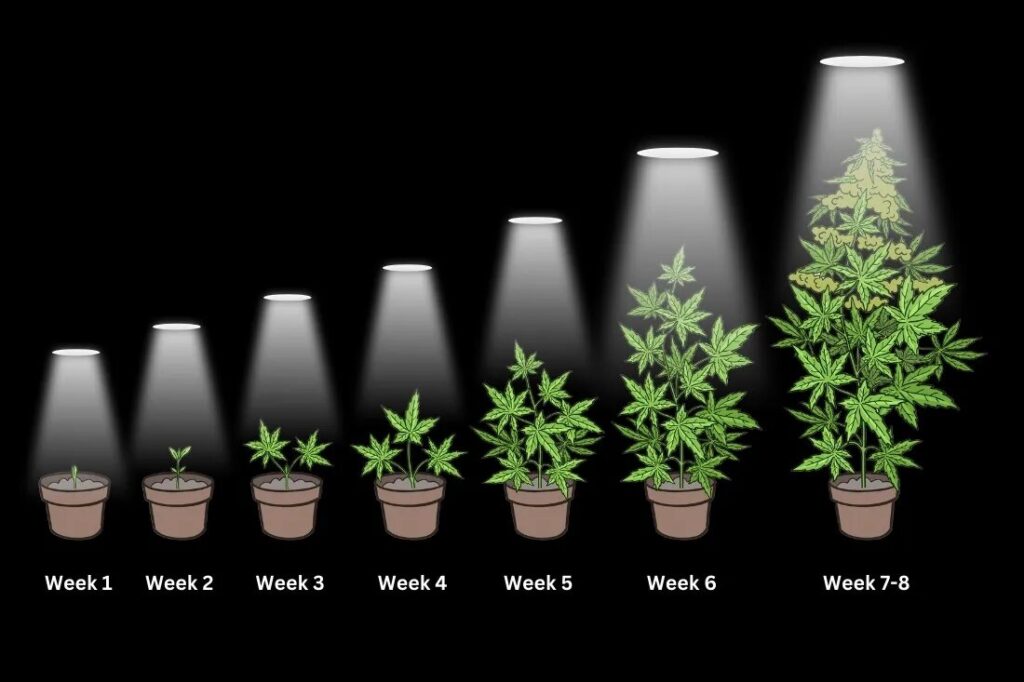
Yield, plant size and canopy considerations
Autos tend to stay smaller—anywhere from 40 to 90 cm tall—while photoperiods can be vegged into monsters over a metre tall. Because of this, autos are ideal for stealth or small space grows, like tents or balconies.
That said, photoperiod feminized plants can yield more in the right hands, especially when trained properly. But modern autos have come a long way—some strains now produce over 150g per plant with minimal effort.
Ease of growing and suitability for beginners
Autoflowers win for simplicity. If you’re just getting started, here’s why you might prefer feminized autos:
- No need to sex plants
- No light schedule to manage
- Fast turnaround and low maintenance
- Less chance of stressing the plant with lighting mistakes
Photoperiods are more forgiving once you understand them, but for plug-and-play growing, autoflower feminized seeds are unbeatable.
Limitations and Misconceptions About Autoflower Feminized Seeds
Smaller yield potential and limited training options
It’s true—autos can yield less than photoperiods. But it’s not always a huge difference. The bigger limitation is time. Since you’ve only got about 3-4 weeks before flowering starts, you need to act fast if you want to train your plant.
With autos:
- You can top or low-stress train (LST), but do it early
- Forget long-term veg training or SCROG—it’s risky
- Don’t transplant too late or you’ll stunt them
That said, I’ve pulled impressive yields from autos with nothing more than good soil, strong light, and some early LST.
Potency myths: modern autoflowers can match THC levels of photoperiods
Back in the day, autoflowers were considered weak. But those days are long gone. Breeders have spent over a decade stabilizing and improving autoflower genetics.
I’ve grown autos that test above 25% THC. Strains like Gorilla Glue Auto, Bruce Banner Auto, and Zkittlez Auto are now just as potent as their photoperiod counterparts.
The myth that autoflowers are less potent is outdated. The truth is:
- Modern autos = high THC potential
- Proper lighting and feeding = maximum potency
- Harvesting at the right time = full cannabinoid profile
As long as you treat autos right, they’ll give you top-shelf smoke every time.
How to Choose the Right Seed Type for Your Grow Goals
When autoflower feminized is ideal: fast harvest, small space, low maintenance
Choose feminized autoflower seeds when you want:
- Quick harvests (under 3 months)
- Discreet plants in a small grow area
- No need to manage lighting schedules
- Low-effort cultivation with good results
They’re also great for:
- Guerrilla grows (plant and leave)
- Beginners testing the waters
- Tight indoor setups where space is limited
When photoperiod feminized makes sense: cloning, SCROG, maximising yield
Go for feminized photoperiods when you want:
- Total control over the veg and flower phase
- The ability to clone and preserve genetics
- Advanced training like topping, SCROG, mainlining
- Bigger yields from larger plants over a longer cycle
I use photoperiods in my main breeding tents where I need consistency and flexibility. They’re ideal for dialled-in indoor grows.
Verifying seed label claims: “feminized” and “autoflowering” distinctions
When buying seeds, always double-check what’s on the label or product page. Look for:
- “Feminized” – means female-only plants
- “Autoflowering” – means no need for light schedule change
- “Regular” – means you’ll get both male and female plants
Some seed packs are labeled “Autoflower Feminized,” which is what most home growers want. If it only says “Autoflower,” it might still be feminized—but double-check the fine print.
Conclusion
So, are all autoflowers feminized? No—but nearly all commercially available autoflower seeds today are. As a grower, you’re most likely dealing with feminized autos unless you’re buying specifically for breeding purposes. These seeds give you fast, discreet, low-fuss plants that still pack a serious punch.
If you’re growing for personal use, looking to get your hands sticky without stressing about sexing or light schedules, feminized autoflowers are your best friend. And if you’re ready to level up, photoperiods are always there when you want more control and customization.
Whichever path you choose—grow smart, grow happy, and always keep learning.


